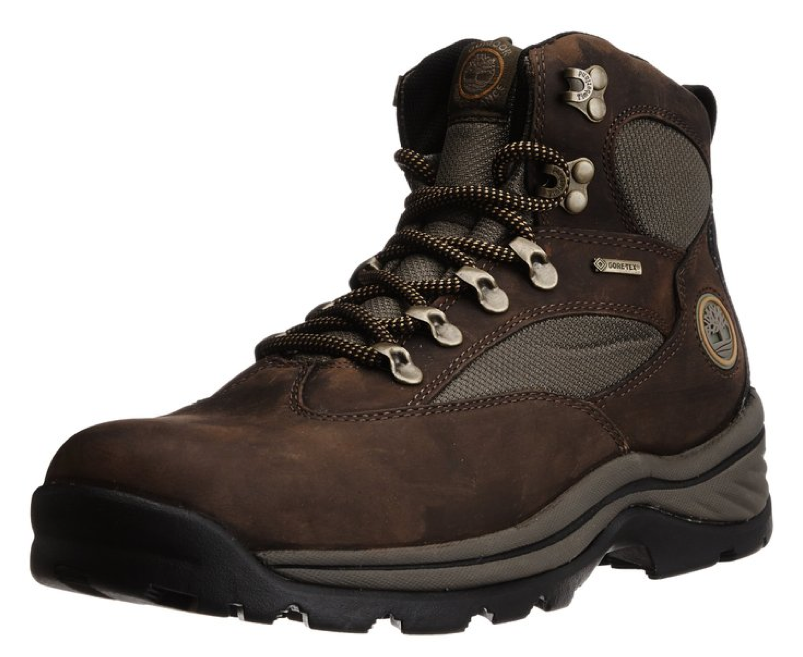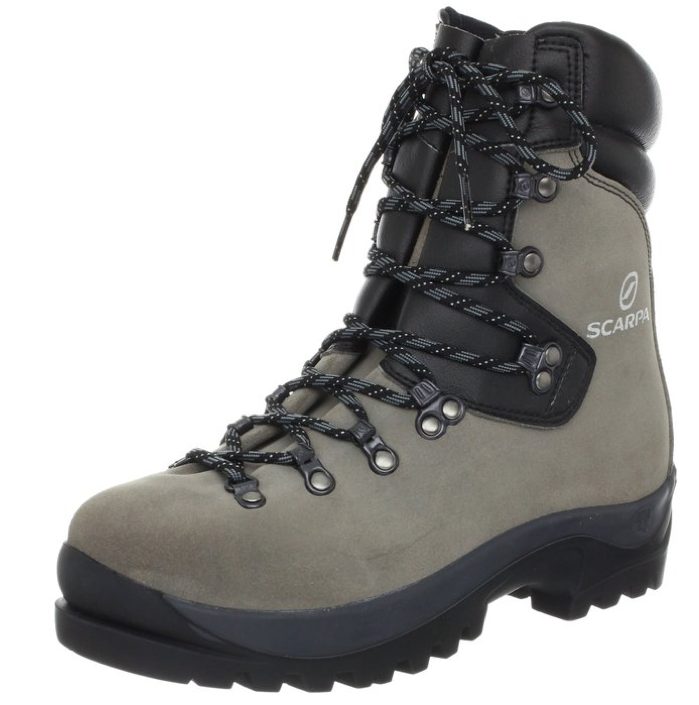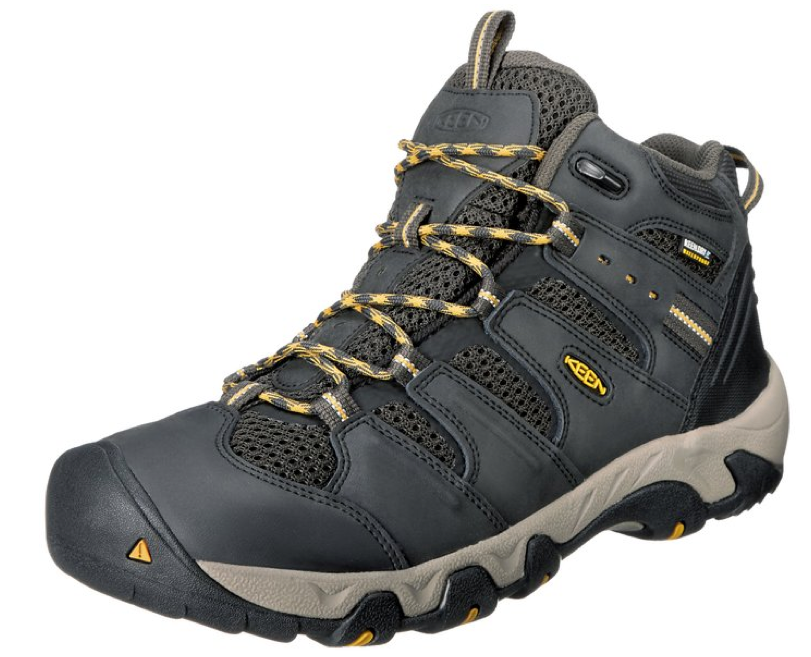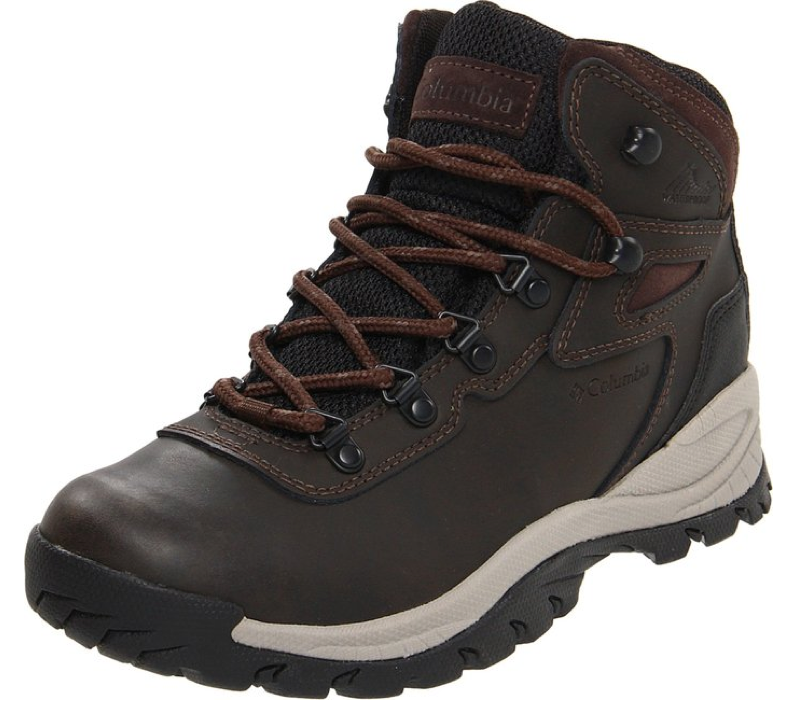At CES 2018, Casio showcased a lot of tough products. Tough is kind of an understatement considering how bulky some of these products are-from smartwatches to outdoor and action cameras, Casio seems to be putting the emphasis on surviving the elements. 
Casio is a renowned watchmaker, but the G-Shock and Pro-Trek Smartwatches are definitely out of the ordinary. The FR100 and GzEye cameras are also built like tanks, so they can be trusted in conditions that a normal action camera might be vulnerable in.
G-Shock Rangeman GPS Smartwatch

The Rangeman smartwatch is an expansion of Casio’s Master of G line of smartwatches, which are also built pretty tough. It features triple sensors (altimeter/barometer, compass and thermometer) and is rated against the toughest of elements including low temperature and mud.
This is one of Casio’s first smartwatches to feature GPS technology, which you can pair with the G-Shock app via Bluetooth. From there, you can track your movements and even plot courses to navigate so you can study your adventures before and after you embark on them.
Perhaps the most notable feature of this smartwatch is a built-in solar panel to power the GPS. Keep in mind, this does not power the entire watch, just the GPS, and other digital functions. A single charge should get you between 31-33 hours of life.
The Rangeman won’t be available until April of 2018, but judging by the size of the crowds at CES, it’s sure to be a popular seller.
Pro-Trek WSD-F20WE Smartwatch

Casio announced a limited edition colored version (WE) of its WSD-F20 smartwatches. It may not seem like much, but the WSD-F20 is already an impressive smartwatch, and pretty big when fitted on the wrist. Its large interface is touchscreen, and you can switch around the interface to one of your liking.
In a similar manner to the Rangeman, you can plot points along your a set journey because this watch is also equipped with GPS.
Among the WSD-F20’s features is its ability to pair with the EX-FR100 and GzEye cameras. You might be wondering why you would need such an ability the large interface on the WSD-F20 actually doubles as a video screen, so you can see what the EX-FR100 or GzEye are seeing. This way, you can position the cameras in a way that gets you the best quality footage.
Once the watch and camera are paired, you can shoot images or start recording videos with the buttons on the side of the watch.
Click here to shop the WSD-F20.
EX-FR100 Outdoor Camera 
The EX-FR100 camera, and its sister version, the FR200, is an interesting outdoor device. It’s actually composed of two parts. The first is the camera itself, which detaches from the controller and can be mounted pretty much anywhere. The best spot would be on the back or top of a backpack while you’re on the trail.
The controller is what you’ll carry and allows you to take images at will. You can also go completely hands-free and allow the camera’s sensors to take pictures at intervals. Bascially, it will detect when the light and color are the best and take those stills so you don’t have to worry about fiddling with the controller
- This is a useful feature for when you need two hands focused on a bike or watercraft.
Click here shop the EX-FR100.
GzEye Action Camera 
Of all the action cameras seen at CES 2018, the Casio GzEye takes the cake for being the tankiest of all action cameras. You probably wouldn’t need it for normal activities, which is why its specifically designed for extreme sports in the snow, mud, and water. Its bulky body also makes it shock resistant.
This camera’s mount makes it ideal for the edges of snow or surfboards. You have the option of purchasing it with a remote control that wraps around your wrist or a handheld device with an LCD screen.
Click here to shop the GzEye.
 Aennon LED Headlamp
Aennon LED Headlamp Battery life should be the top priority for most hunters, especially those who expect to spend several days out on a trip. The light itself should have a fairly wide beam, to minimize the risk of an animal hiding outside the lit area. Many animals will notice white light more readily than red light, so multiple color options can also reduce the odds of scaring an animal with your light. Water resistance is also useful for hunters who risk getting caught in the rain, although it is not necessary for those who hunt in arid environments or who check the weather before heading out and make a point of avoiding precipitation. If possible, hunters should also try to get a headlamp with a flexible strap, so they can put a warm hat underneath it and get some protection from cold weather.
Battery life should be the top priority for most hunters, especially those who expect to spend several days out on a trip. The light itself should have a fairly wide beam, to minimize the risk of an animal hiding outside the lit area. Many animals will notice white light more readily than red light, so multiple color options can also reduce the odds of scaring an animal with your light. Water resistance is also useful for hunters who risk getting caught in the rain, although it is not necessary for those who hunt in arid environments or who check the weather before heading out and make a point of avoiding precipitation. If possible, hunters should also try to get a headlamp with a flexible strap, so they can put a warm hat underneath it and get some protection from cold weather. InnoGear 5000
InnoGear 5000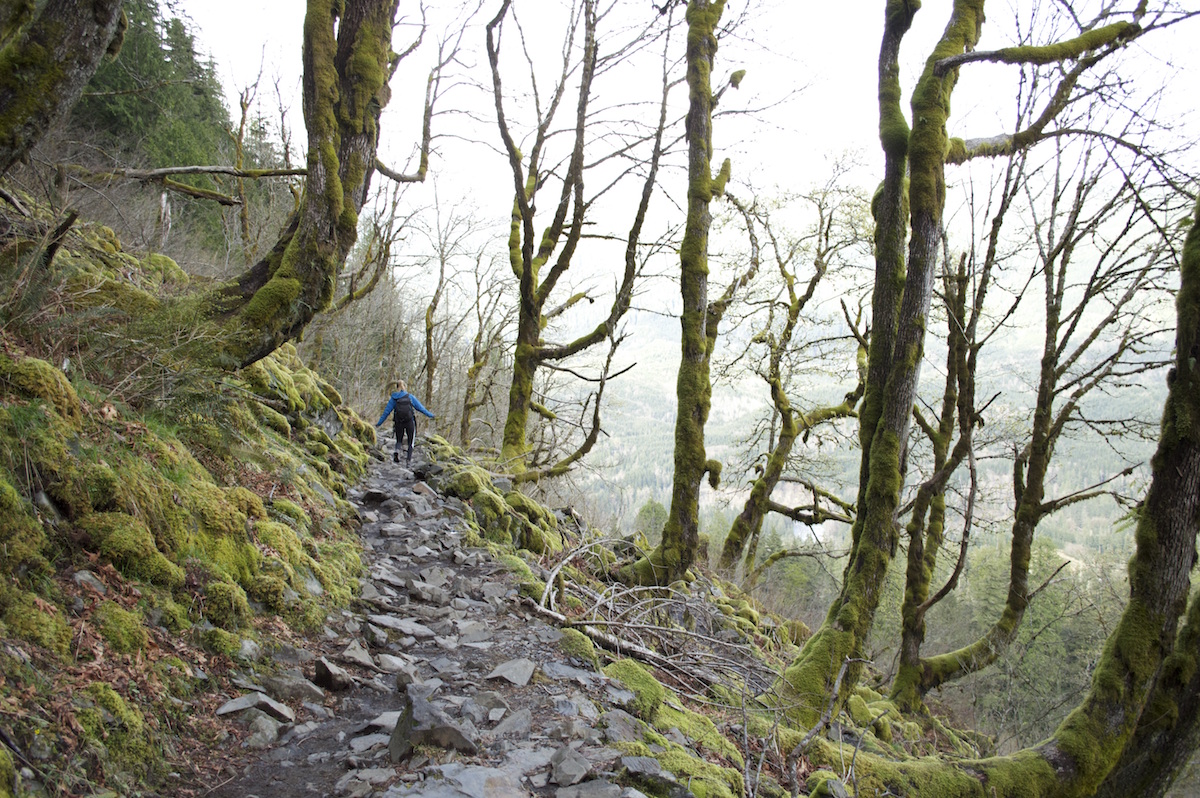 Hikers need to look for several qualities in their headlamp. Water resistance is one of the most important, since no hiker wants their lamp to fail because it started to rain when they were halfway through the trip. A long beam distance is useful for people who want to see wildlife before they get up close, while a focused beam will make it easy to obstacles as you head down the trail. Battery life can be a concern, but most lamps will last long enough for the average hike, so you only need to prioritize it if you take unusually long trips.
Hikers need to look for several qualities in their headlamp. Water resistance is one of the most important, since no hiker wants their lamp to fail because it started to rain when they were halfway through the trip. A long beam distance is useful for people who want to see wildlife before they get up close, while a focused beam will make it easy to obstacles as you head down the trail. Battery life can be a concern, but most lamps will last long enough for the average hike, so you only need to prioritize it if you take unusually long trips.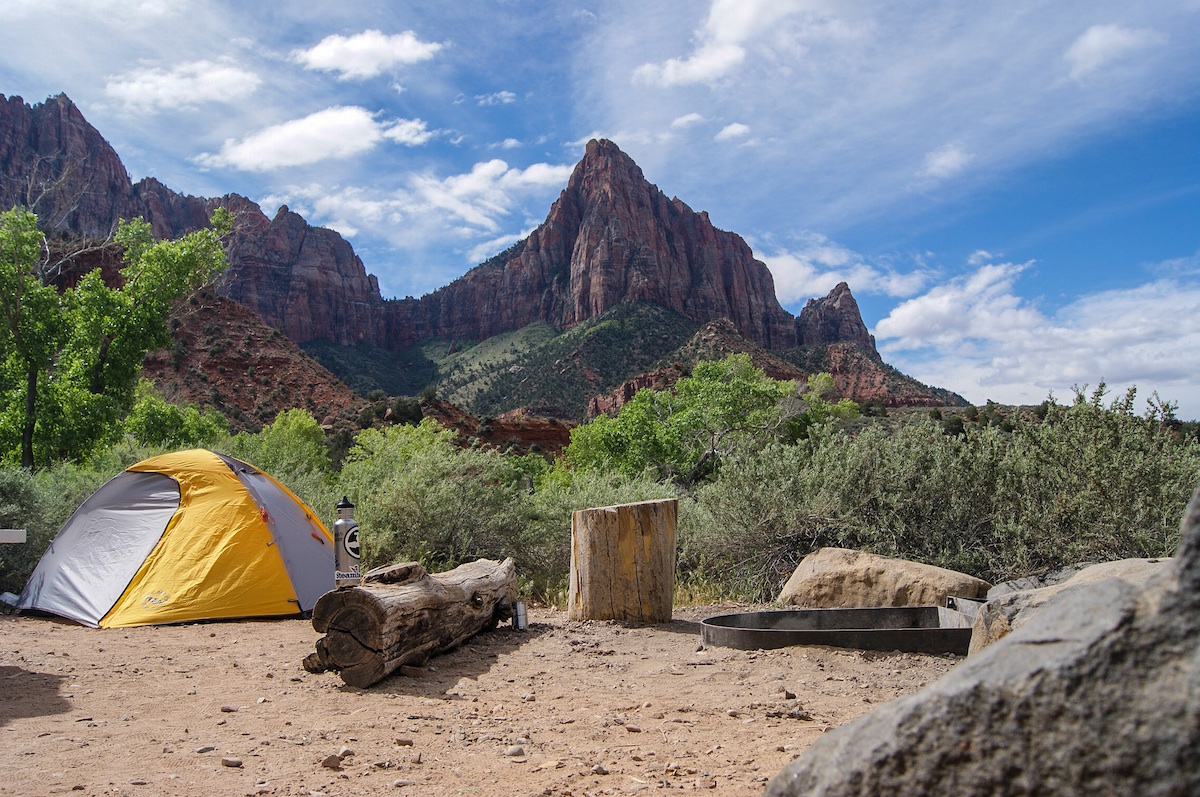 Battery life is king for campers who don’t want to bring multiple sets of spare batteries with them. Keeping the light on its lowest setting can save power, and the light is often sufficient for basic tasks around a campsite, but a strong battery means that you don’t have to depend on keeping the lamp set on low to make it last the whole trip. Durability, including water resistance, is also important, since camping will expose the light to more stress than most other uses.
Battery life is king for campers who don’t want to bring multiple sets of spare batteries with them. Keeping the light on its lowest setting can save power, and the light is often sufficient for basic tasks around a campsite, but a strong battery means that you don’t have to depend on keeping the lamp set on low to make it last the whole trip. Durability, including water resistance, is also important, since camping will expose the light to more stress than most other uses.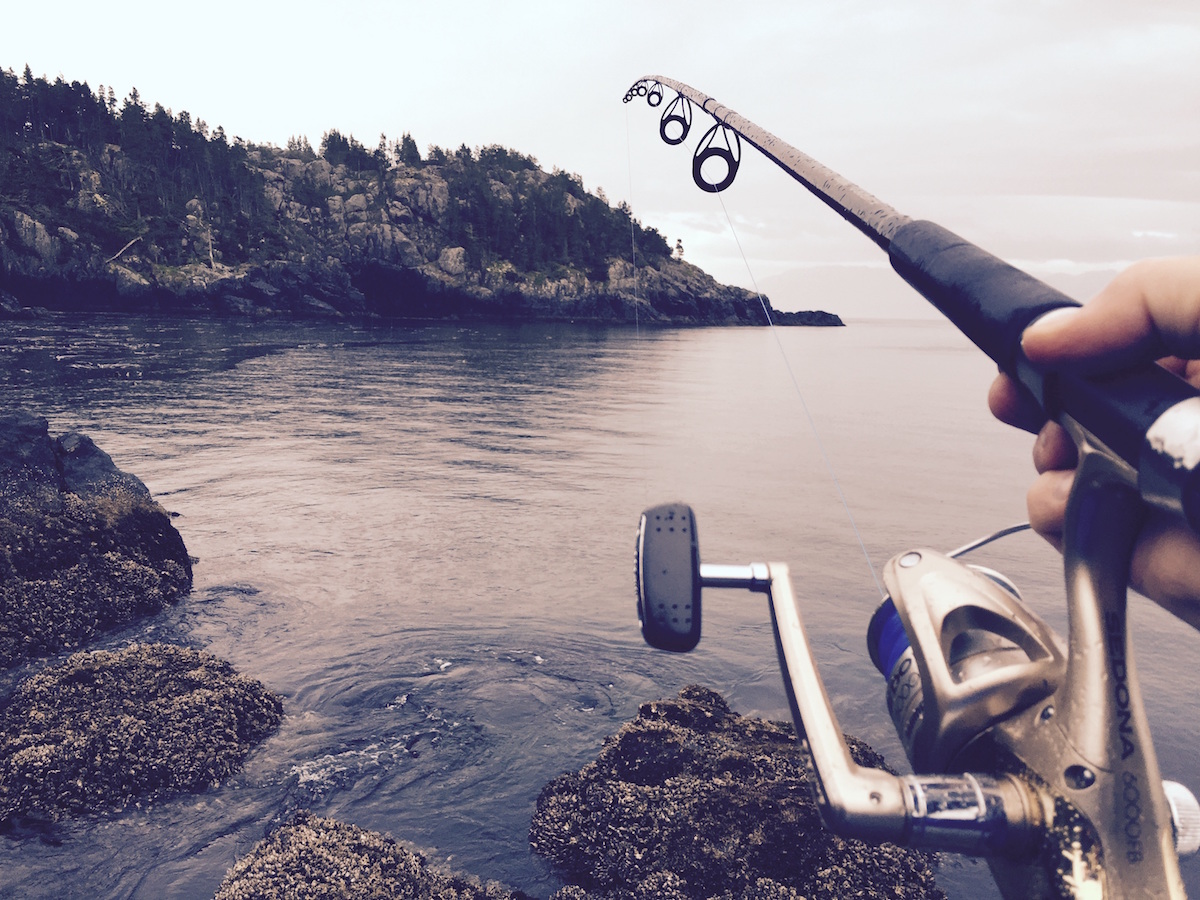 Anyone who regularly goes fishing is going to get wet eventually, either from a boating accident or just getting splashed. It’s easy for a headlamp to get wet at the same time, so waterproofing is a must. Some species of fish are attracted to lights of specific colors, or to the insects that those lights can attract, so fishing enthusiasts can often benefit from a colored light.
Anyone who regularly goes fishing is going to get wet eventually, either from a boating accident or just getting splashed. It’s easy for a headlamp to get wet at the same time, so waterproofing is a must. Some species of fish are attracted to lights of specific colors, or to the insects that those lights can attract, so fishing enthusiasts can often benefit from a colored light.